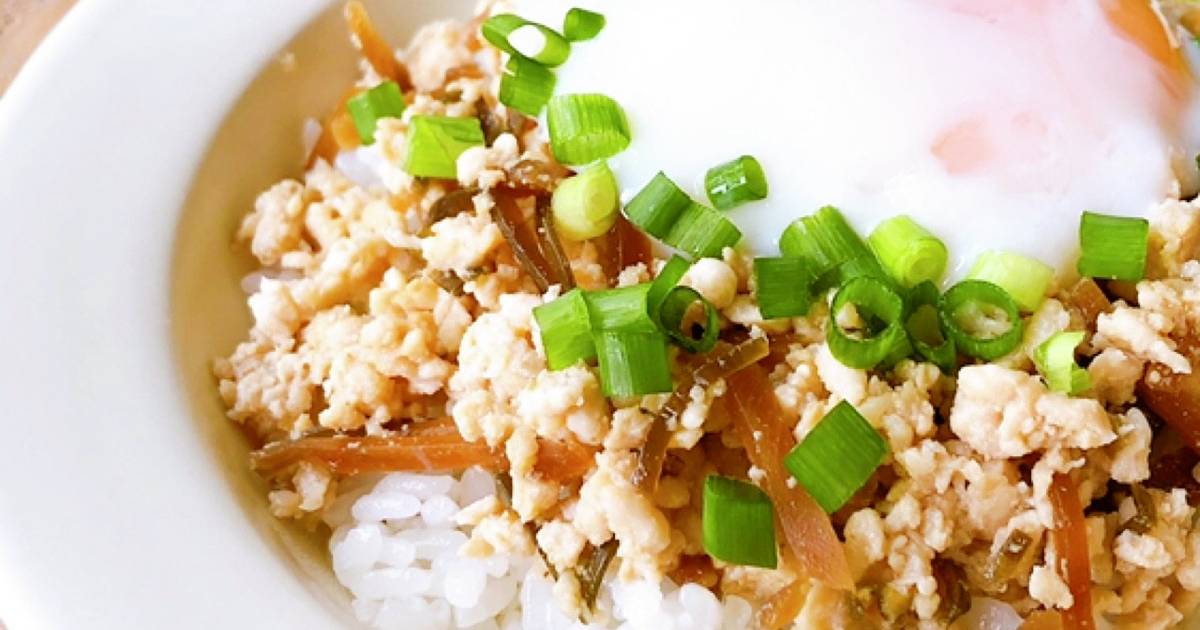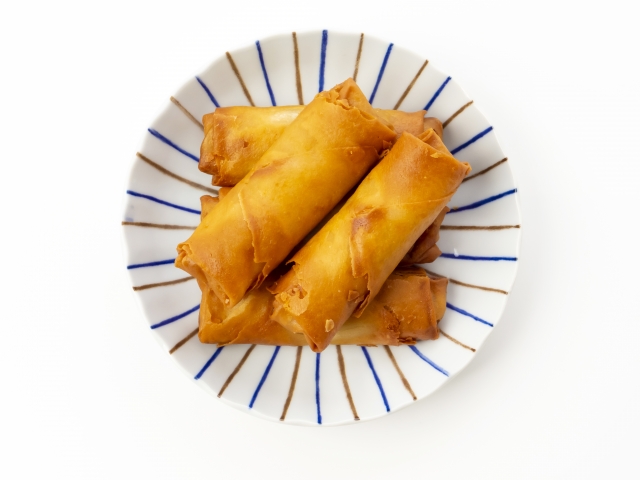The Supporting Stars of Japanese Cuisine
Pickles and tsukudani are traditional Japanese preserved foods that embody the wisdom and flavors cultivated through centuries of culinary culture. Loved as accompaniments to rice, palate cleansers, and even as snacks for alcoholic drinks, they add a splash of color to meals on both ordinary and special occasions.

Pickles are made by preserving vegetables or fruits in seasonings such as salt, vinegar, miso, or rice bran, through fermentation method. Classic examples include napa cabbage pickles and pickled radish (takuan). Each region in Japan boasts unique pickle traditions, offering diverse flavors.
Their tangy and salty notes complement rich or oily dishes, making them ideal as palate cleansers. As fermented foods, pickles are also rich in probiotics like lactic acid bacteria, which support gut health. Seasonal pickles made from fresh vegetables allow you to enjoy different flavors at any given time, and are truly an integral part of Japanese food culture.

Originating in Tsukuda Island near Tokyo Bay during the Edo period, tsukudani was initially created to preserve surplus fish from fishing expeditions. These sweet and savory dishes are made by simmering ingredients like small fish, shellfish, seaweed, or vegetables in soy sauce, sugar, and mirin. Kelp and clam tsukudani, as well as whitebait or sardine versions, are known for their rich flavor, requiring only a small amount to elevate a bowl of rice. Its long shelf life makes it a convenient option for busy days while still providing nutrition and satisfaction. They’re also a beloved pairing for sake or shochu, as its deep, sweet-salty taste accentuates the drink’s flavors.
Different Names for Different Occasions
In Japan, these side dishes are referred to differently depending on the occasion, such as "rice companion", "palate cleanser", or "drinking snacks". Each plays an essential role in Japanese households and dining scenes, enhancing the enjoyment of meals and enriching the dining experience.
-
Rice Companions
In Japanese called Gohan no Tomo, it refers to dishes that pair exceptionally well with rice. They are not meant as side dishes, but rather small portions of flavorful items that enhance the taste of rice, such as tsukudani, spicy cod roe, pickled plums, and seaweed. Just having one of these items can enhance the enjoyment of a bowl of rice, making the entire meal more satisfying.
-
Palate Cleansers
“Palate cleansers” are light dishes or pickles eaten between main courses or strongly flavored dishes to refresh your mouth. This includes vinegared dishes, lightly pickled vegetables, and simmered eggplant. These dishes help maintain balance in the meal, ensuring a smooth progression of flavors and allowing the entire meal to taste even better.
-
Drinking Snacks
A unique aspect of Japanese culture is that the drinking snacks served changes depending on the type of alcohol. For instance, sashimi or pickles pair well with sake, while salt-fermented seafood (shiokara) or dried fish complement shochu. These pairings are designed to enhance both the food and the drink, often served in relaxed, conversational settings. In the world of Japanese cuisine, they are also known as “sakana” (appetizers or snacks served with alcohol).
Recipe Ideas

Pickles, tsukudani, and other side dishes are, of course, delicious on their own, but for those looking to enjoy them in new and creative ways, here are some easy-to-make recipes that can be prepared even outside of Japan!
-
Pickled Shallot Tartar Sauce

Perfect as a dip for fried foods like fish and chips.
Ingredients:
● Pickled shallots: 70g
● Boiled egg: 1
● Mayonnaise: ½ cup
● Pickling liquid: 1 tbsp
● Pepper: to taste
● Parsley: to taste
Instructions:
① Chop the pickled shallots and boiled egg to your desired size.
② Mix all ingredients together, and it’s ready!
※ Tip: You can also make delicious sauce by substituting to pickled radish (takuan) or pickled eggplant with cucumber and perilla leaves (shibazuke).
-
Cream cheese and Thick-Cut Bonito Flakes Dressed Salad
Commonly used to make a soup stock (dashi), Bonito flakes can also be transformed into a mild and savory Japanese-style appetizer.
Ingredients:
● Cream cheese: 70g
● Thick-cut bonito flakes: as desired
● Chopped green onions: To taste
● Soy sauce: a dash (around 1 tsp)
Instructions:
① Gently mix all ingredients, and enjoy!
※ Regular bonito flakes also work well.
-
Ground Chicken and Kelp Tsukudani Bowl

Great for rice toppings or salad garnishes.
Recipe source: Cookpad
Ingredients:
Ground chicken: 200g
Kelp tsukudani: 30g
☆ Cooking sake: 1 tbsp
☆ Mirin: 1 tbsp
☆ Sugar: 1 tbsp
☆ Soy sauce: 1 tbsp
Cooking oil: 1 tsp
Chopped green onions: As desired
Instructions:
① Heat a frying pan with oil and add the ground chicken. Stir over low to medium heat, breaking it into small pieces.
② Once the chicken begins to change color, add the kelp tsukudani and the ☆ ingredients. Mix well and cook until the mixture thickens and resembles flakes, ensuring the moisture is fully reduced.
③ Transfer to a serving dish and garnish with chopped green onions as desired.
※ In Step 2, keep the heat low and be careful not to burn the mixture.
-
Pickled Plum and Chicken Spring Rolls

An easy-to-make Asian dish with a Japanese flavor that is perfect for parties! If you can find shiso leaves, add them to the ingredients (☆) for a refreshing flavor boost.
Ingredients:
Spring roll wrappers: 10
☆ Chicken (any part you like): 400g
☆ Pickled plum (unsweetened): 3
☆ Cheese: 100g
〇 Salt and pepper: To taste
〇 Cooking sake (or other brewed sake): 3 tbsp
△ Water: 1 tbsp
△ Potato starch or wheat flour: 1 tbsp
Frying oil: As needed
Instructions:
① Remove the pits from the pickled plum and mash them into a paste using a knife.
② Marinate the Chicken
Cut the chicken into 10 pieces. In a bowl, mix the chicken with 〇 seasonings, kneading lightly to let is absorb the flavor. Let it marinate for 5–10 minutes.
③ Mix △ ingredients to create a paste for sealing the rolls.
④ Wrap the Spring Rolls
Place a spring roll wrapper in a diamond shape with one corner facing you.
Add the ☆ ingredients slightly below the center of the wrapper. Roll it tightly, applying the △ paste to the edges at the end to securely seal the roll and prevent it from opening.
Fold the bottom corner over the filling first, then fold in the left and right corners. Finally, roll it tightly from the bottom towards the top for a neat and secure wrap.
Placing the cheese at the innermost part of the filling helps prevent it from bursting during frying.
⑤ Fry the Spring Rolls
Deep fry at 180℃ for about 5 minutes until golden brown.
Once fried, place them on kitchen paper to drain excess oil, and they’re ready to serve.
Recommended Shops

■ Side Dishes:
● beppinnarazuke
● fukunotorifoods
● maikon115283
● mori1515
● tori-shoku
● umasugo
■ Rice:

